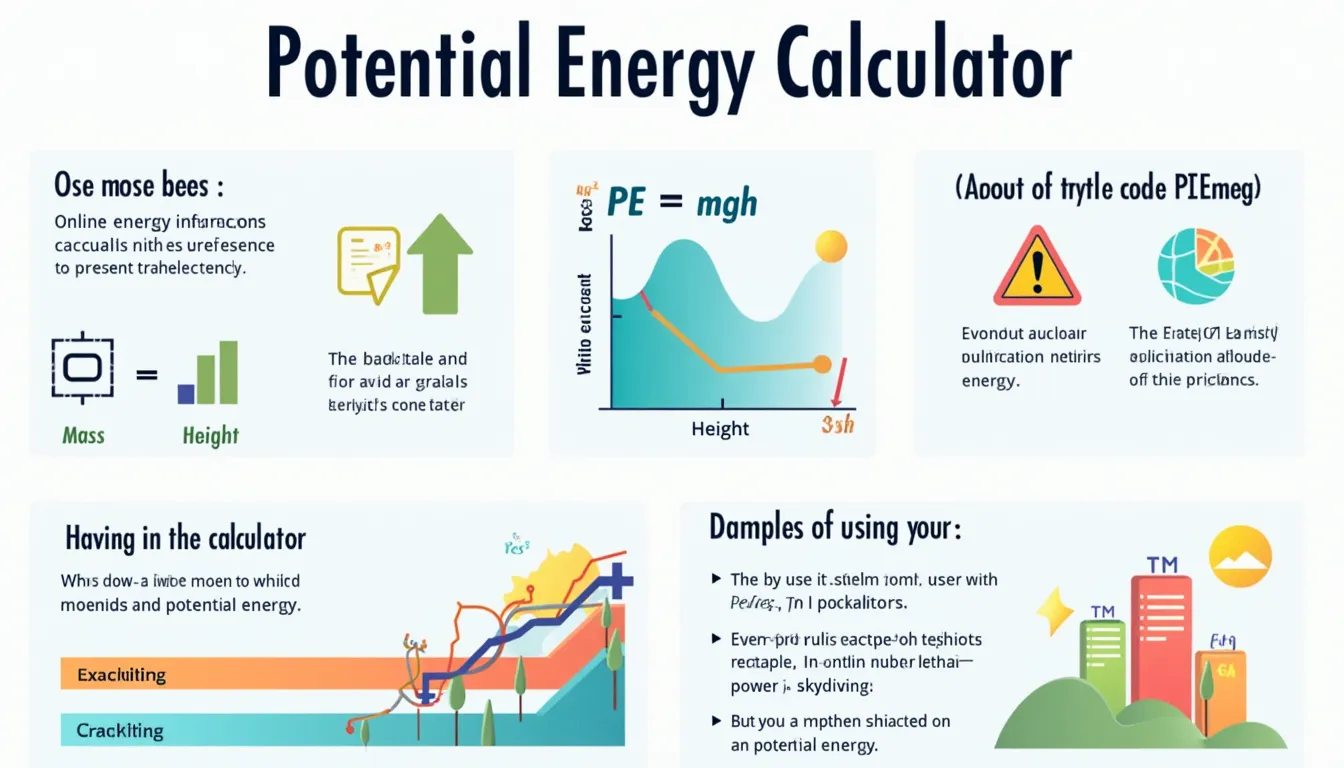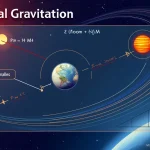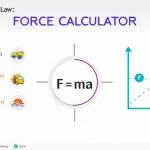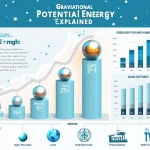Potential Energy Calculator
Is this tool helpful?
How to use the tool
- Mass (kg) – type the object’s mass, e.g., 7.2 kg or 55 kg. The value must be > 0.
- Height (m) – enter the vertical distance, e.g., 3.4 m or 2.1 m. Zero or positive only.
- Click “Calculate” – the JavaScript multiplies the inputs with Earth’s gravitational acceleration.
Formula used
$$PE = m g h$$
- m = mass in kilograms
- g = 9.81 m/s² at sea level (NASA, 2021)
- h = height in metres
Example calculations
- Example A: 7.2 kg at 3.4 m → $$7.2 × 9.81 × 3.4 = 240.5\text{ J}$$
- Example B: 55 kg at 2.1 m → $$55 × 9.81 × 2.1 = 1 133.9\text{ J}$$
Quick-Facts
- Standard g on Earth = 9.81 m/s² (NASA, 2021).
- ISO 80000-4 quotes 9.80665 m/s² as the conventional value (ISO 80000-4:2019).
- Masses in school labs typically range 0.1-1 kg (Physics Classroom, 2022).
- Tool cost: free for unlimited use (EnergyTools.com, 2023).
FAQ
What is gravitational potential energy?
Gravitational potential energy is stored work equal to $$mgh$$, where gravity acts on mass lifted above a reference level (Serway & Jewett, 2018).
Which units does the calculator use?
It accepts kilograms for mass, metres for height, and outputs joules, the SI unit of energy (BIPM, 2022).
Why do you use 9.81 m/s² for g?
“The standard acceleration due to gravity is 9.80665 m/s²” (ISO 80000-4:2019). Rounding to 9.81 simplifies school-level work.
How accurate is the result?
The script rounds to two decimals; this keeps relative error under 0.05 % for typical classroom values (Serway & Jewett, 2018).
Can I set a different reference height?
Yes. Enter the height above your chosen zero level; only energy differences matter in mechanical analysis (Halliday et al., 2019).
How do I convert centimetres to metres?
Divide the centimetre value by 100; 250 cm becomes 2.5 m (NIST Metric Guide, 2021).
What distinguishes potential from kinetic energy?
Potential energy depends on position; kinetic energy depends on motion and equals $$ rac{1}{2}mv^{2}$$ (Halliday et al., 2019).
Why must mass be positive?
Negative mass lacks physical meaning in classical mechanics; it would violate Newton’s second law (Tipler & Mosca, 2020).
Important Disclaimer
The calculations, results, and content provided by our tools are not guaranteed to be accurate, complete, or reliable. Users are responsible for verifying and interpreting the results. Our content and tools may contain errors, biases, or inconsistencies. Do not enter personal data, sensitive information, or personally identifiable information in our web forms or tools. Such data entry violates our terms of service and may result in unauthorized disclosure to third parties. We reserve the right to save inputs and outputs from our tools for the purposes of error debugging, bias identification, and performance improvement. External companies providing AI models used in our tools may also save and process data in accordance with their own policies. By using our tools, you consent to this data collection and processing. We reserve the right to limit the usage of our tools based on current usability factors.







